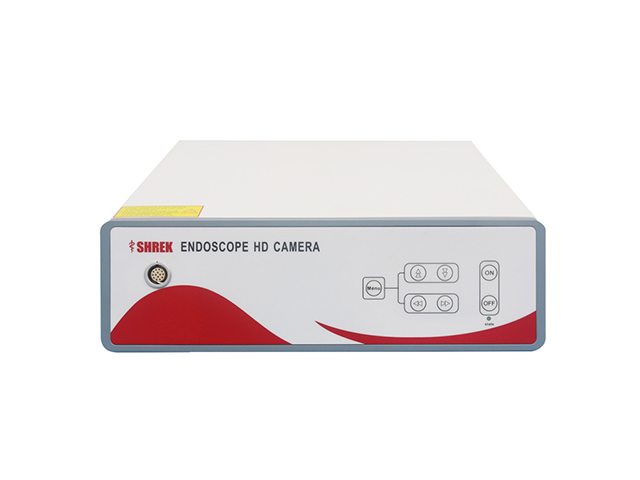SHREK NEWS
What are the five systems including medical endoscope camera?

A medical endoscope camera is a type of camera that is designed to be used in medical procedures to visualize the inside of the body. Endoscope cameras are used in a variety of medical fields, including gastroenterology, urology, pulmonology, gynecology, and orthopedics.
The endoscope camera is usually attached to the end of a long, flexible tube called an endoscope. The endoscope is inserted into the body through a natural opening or a small incision. The camera at the end of the endoscope sends images back to a monitor or screen that the doctor can view in real-time. The camera can also capture still images or video footage for later analysis.
The endoscope camera is an essential tool in modern medicine, as it allows doctors to see inside the body without the need for invasive surgery. This technology has revolutionized many medical procedures, making them less risky, less painful, and more precise.
There are many systems that can include a medical endoscope camera, depending on the context and the specific medical procedure. However, here are five possible systems that can use a medical endoscope camera:
Gastrointestinal endoscopy system: This system is used for examining the digestive tract, including the esophagus, stomach, and intestines. It typically includes an endoscope with a camera, a light source, and a video monitor.
Laparoscopic surgery system: This system is used for minimally invasive surgery in the abdomen or pelvis. It typically includes an endoscope with a camera, specialized surgical instruments, and a video monitor.
Bronchoscopy system: This system is used for examining the airways and lungs. It typically includes an endoscope with a camera, a light source, and a video monitor.
Arthroscopy system: This system is used for examining and treating joint problems, such as in the knee or shoulder. It typically includes an endoscope with a camera, specialized surgical instruments, and a video monitor.
Urology endoscopy system: This system is used for examining and treating the urinary tract, including the bladder and urethra. It typically includes an endoscope with a camera, a light source, and a video monitor.




